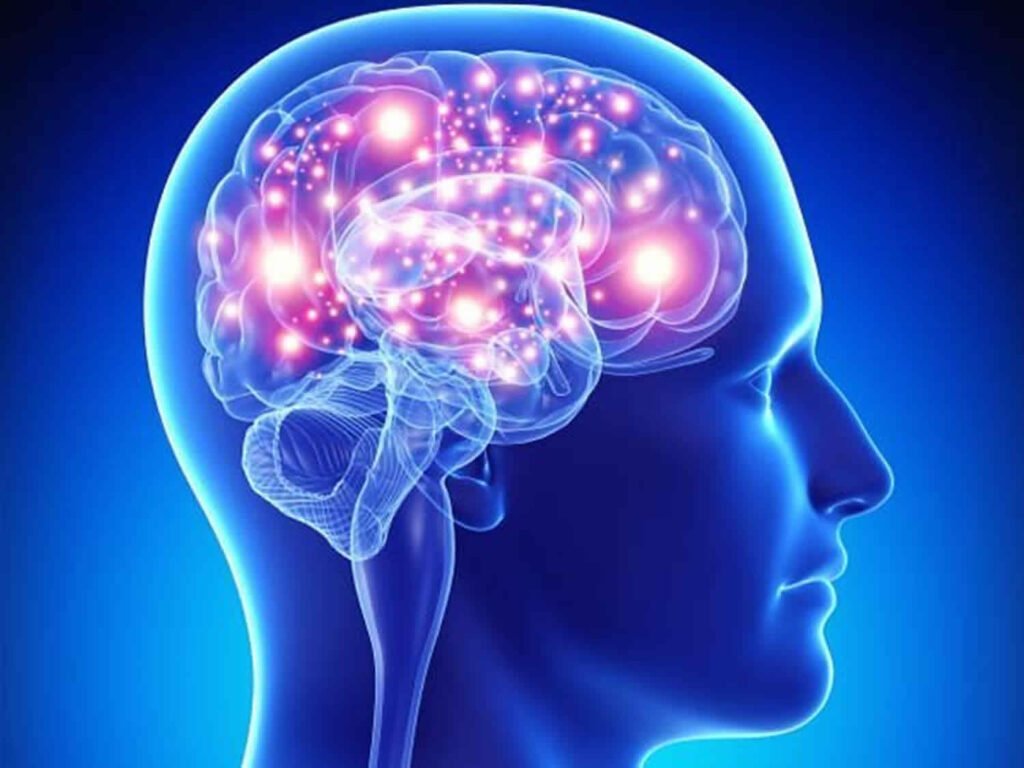Ever notice how a brisk walk can lift your spirits? Or how a good workout session leaves you feeling on top of the world? That’s no coincidence. Exercise isn’t just about keeping fit; it’s a powerful tool for improving your mood. Let’s dive into how getting active can make you happier and more balanced.
The Science Behind Exercise and Mood Improvement
Endorphin Release

What are Endorphins?
Endorphins are chemicals produced by the nervous system to cope with pain or stress. They’re often called “feel-good” hormones because they act as natural painkillers and mood elevators.
How Endorphins Affect Mood
When you exercise, your body releases endorphins, which interact with receptors in your brain to reduce your perception of pain. This results in a feeling of euphoria, often referred to as the “runner’s high.” It’s a natural way to boost your mood and feel more positive.
Neurotransmitter Regulation
Serotonin and Dopamine
Exercise also influences the levels of neurotransmitters like serotonin and dopamine. Serotonin helps regulate mood, anxiety, and happiness, while dopamine is associated with pleasure and reward.
Impact on Depression and Anxiety
By increasing the availability of these neurotransmitters, regular physical activity can help reduce symptoms of depression and anxiety. It’s like giving your brain a natural antidepressant.
Reduction of Stress Hormones

Cortisol Levels
Cortisol is a hormone that your body releases in response to stress. High levels of cortisol can lead to anxiety and depression.
Physical Activity and Stress Management
Exercise helps to lower cortisol levels, which in turn reduces stress. It’s a way to physically shake off the tension and calm your mind.
Psychological Benefits of Exercise
Psychological Benefits of Exercise
Enhanced Self-EsteemBody Image ImprovementWhen you exercise regularly, you often see improvements in your physical appearance, which can boost your self-esteem and confidence.Achievement and Goal SettingSetting and achieving fitness goals, whether it’s running a mile or lifting heavier weights, provides a sense of accomplishment. This achievement can spill over into other areas of your life, boosting your overall mood.
Cognitive Function and Mental Clarity
Memory and Learning
Exercise has been shown to improve cognitive functions like memory and learning. When you’re physically active, your brain gets more oxygen and nutrients, which helps it perform better.
Focus and Concentration
Regular physical activity can also improve your focus and concentration. It’s like giving your brain a workout, keeping it sharp and ready for anything.
Social Benefits of Exercise
Building Social Connections
Group Exercise Activities
Joining a fitness class or sports team is a great way to meet new people. These social interactions can significantly improve your mood by providing a sense of community and support.
Support Systems
Having a workout buddy or being part of a fitness group can provide emotional support and motivation. It’s easier to stay committed to your fitness goals when you have someone cheering you on.
Reducing Feelings of Loneliness
Community and Belonging
Participating in group activities helps you feel like you’re part of something bigger. This sense of belonging can combat feelings of loneliness and isolation.
Social Interaction
Even casual interactions at the gym or in a yoga class can lift your spirits. Human connections, no matter how small, are crucial for mental well-being.
Types of Exercise That Improve Mood
Aerobic Exercises
Running and Cycling
These activities get your heart rate up and increase the release of endorphins. They’re great for burning off stress and improving your overall mood.
Swimming and Dancing
Both swimming and dancing are fun ways to stay active. They engage your whole body and can be very relaxing, helping to improve your mood.
Strength Training
Weightlifting
Lifting weights isn’t just about building muscle. It also boosts your confidence and releases endorphins, which can make you feel happier.
Resistance Bands
Using resistance bands is a low-impact way to strengthen your muscles. It’s accessible for all fitness levels and can be done anywhere, making it a convenient mood booster.
Mind-Body Exercises
Yoga and Pilates
These exercises focus on breathing and mindfulness, which can reduce stress and improve mental clarity. They’re perfect for finding a sense of calm and balance.
Tai Chi and Meditation
Tai Chi combines gentle physical movements with meditation, promoting relaxation and stress relief. It’s a holistic approach to improving both your physical and mental health.
Practical Tips for Incorporating Exercise into Daily Life
Setting Realistic Goals
Short-Term vs. Long-Term Goals
Start with small, achievable goals and gradually increase them. This approach prevents burnout and keeps you motivated.
Tracking Progress
Keep a journal or use an app to track your progress. Seeing how far you’ve come can be a great motivator and mood booster.
Finding Enjoyable Activities
Personal Preferences
Choose activities you enjoy. If you hate running, try swimming or dancing. The key is to find something that makes you happy.
Trying New Things
Don’t be afraid to try new activities. Variety can keep things interesting and prevent exercise from becoming a chore.
Creating a Routine
Consistency and Habit Formation
Try to exercise at the same time every day. Consistency helps form habits, making it easier to stick to your routine.
Balancing Exercise with Rest
Don’t forget to rest. Your body needs time to recover, and overdoing it can lead to burnout or injury. Balance is key.
Conclusion
Exercise is a powerful tool for improving your mood. From the release of endorphins to the social connections you make, staying active can significantly enhance your mental well-being. So, why not lace up those sneakers and start moving? Your mind and body will thank you.
FAQs
What is the best type of exercise for improving mood? There’s no one-size-fits-all answer. The best exercise is one you enjoy and can do consistently. Whether it’s running, yoga, or weightlifting, find what works for you.
How long does it take to feel the mood benefits of exercise? You might start to feel better after just one session, but for long-term benefits, aim for regular exercise over several weeks.
Can exercise replace medication for mood disorders? Exercise can complement medication and therapy, but it’s not a replacement. Always consult with a healthcare professional before making changes to your treatment plan.
How often should I exercise to improve my mood? Aim for at least 30 minutes of moderate exercise most days of the week. Consistency is key to reaping the mood-boosting benefits.
Are there any risks associated with exercising for mood improvement? While exercise is generally safe, it’s important to start slowly and listen to your body. Over-exercising can lead to injury and stress, so find a balanced routine.





